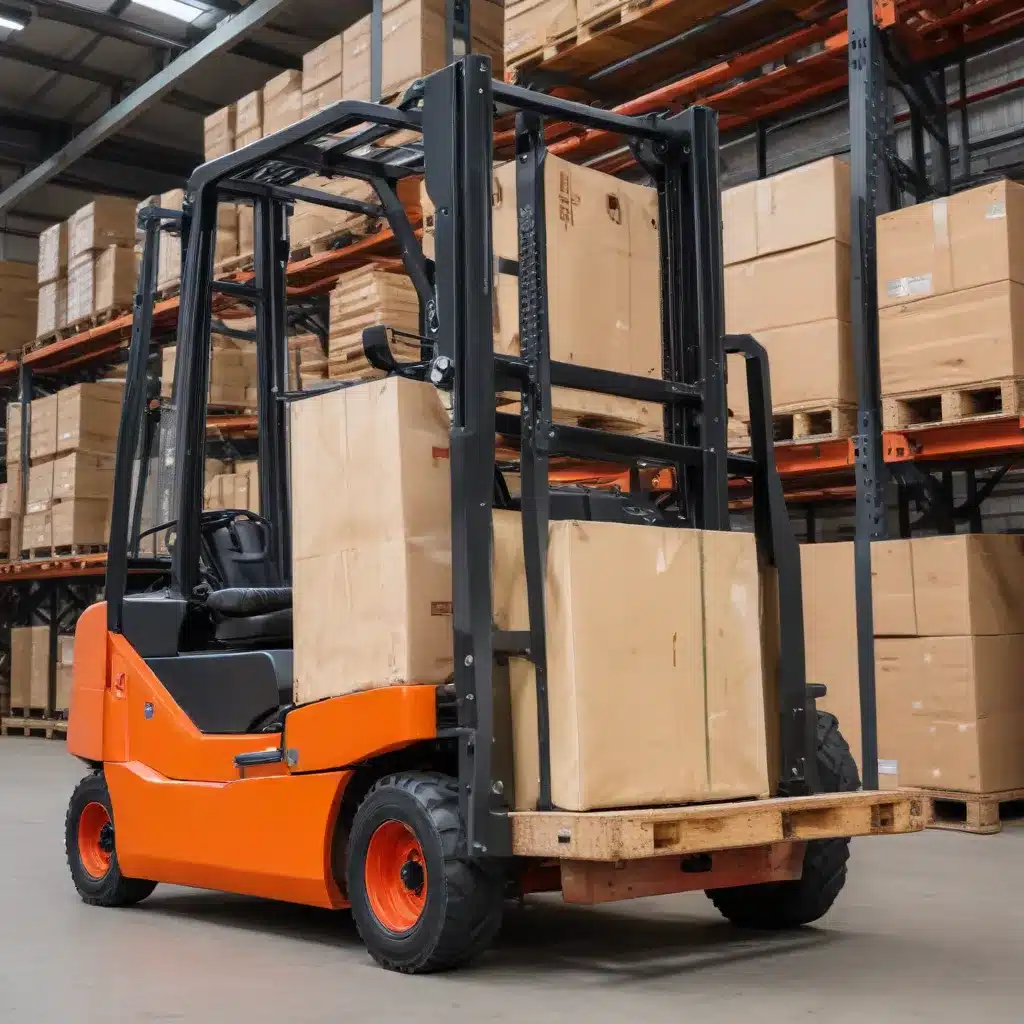
The Evolution of Forklift Attachments: Unlocking Versatility
Forklifts are the unsung heroes of warehouses, manufacturing facilities, and materials handling operations, playing a crucial role in the efficient movement of goods. Yet, their true potential extends far beyond their standard capabilities, thanks to the wide array of specialized attachments that have evolved over the decades.
These forklift attachments are akin to a versatile Swiss Army knife, equipping forklifts to handle a myriad of tasks and adapt to varying industry demands. From the early days of simple tine hooks and extension slippers to the sophisticated attachments of today, the forklift’s transformation has been nothing short of remarkable.
Exploring the Diverse Range of Forklift Attachments
As industries evolved and diversified, the need for specific tools to address unique material-handling challenges grew, leading to the development of an extensive catalog of forklift attachments. Each attachment is designed to enhance the forklift’s capabilities, enabling operators to tackle a wide range of tasks with precision and efficiency.
Spreader Beam: This attachment is a game-changer for handling lengthy and unwieldy items, such as steel beams or pipes. By evenly distributing the weight of the load, the spreader beam ensures stability during transport, making it a valuable asset in construction, manufacturing, and heavy industry applications.
Tine Hook: Designed for lifting loads with exposed hooks, like scaffolding, machinery parts, or rolls of cable, the tine hook provides a secure grip, allowing for precise maneuvering and efficient handling of these specialized materials.
Extension Slippers: These attachments slide onto the forklift’s tines, offering extended reach for longer loads. Whether dealing with extra-long pallets or bulky construction materials, extension slippers enhance the forklift’s versatility and enable operators to access hard-to-reach areas.
Hooks: Ideal for loads with hanging points, like crates or boxes with handles, hook attachments ensure that items stay in place during transport, minimizing the risk of accidents and product damage.
Tow Jib: This attachment transforms a forklift into a versatile tow truck, making it indispensable for towing heavy materials or equipment with ease. It’s a valuable asset in industries where moving large, cumbersome items is a frequent necessity.
Prong Drum Positioner: For operations involving the handling of drums, the prong drum positioner attachment offers precise drum positioning, ensuring stability and preventing accidents during transport.
Clamps: Suitable for materials such as paper rolls, textile bales, or crates, clamp attachments provide a secure grip, reducing the risk of load shift during transport and enhancing the forklift’s handling capabilities.
Understanding the Impact on Load Capacity
While forklift attachments expand the machine’s functionality, they also have a direct impact on its load-bearing capabilities. It’s crucial for operators to thoroughly understand the revised load capacity when using an attachment to ensure safe and efficient operations.
The load capacity of a forklift is influenced by several factors:
-
Forklift Design and Structural Integrity: The forklift’s overall capacity rating depends on its inherent design and structural integrity, which set the baseline for its weight-bearing capabilities.
-
Load Position and Stability: Ensuring that the load is evenly distributed and securely positioned on the attachment is paramount to maintaining stability and maximizing the forklift’s capacity.
-
Attachment Specifications: Different attachments have varying effects on the forklift’s stability and weight-bearing capacity, which must be carefully considered when calculating the revised load rating.
To ensure safety and compliance, operators must diligently calculate the new load capacity when using a forklift attachment. Overloading can lead to accidents, equipment damage, and even injuries, emphasizing the importance of thoroughly understanding and adhering to the revised load limits.
Prioritizing Safety with Forklift Attachments
While forklift attachments are invaluable tools, their use must be accompanied by a steadfast commitment to safety. Proper training, regular inspections, and the use of certified attachments are essential to prevent accidents and ensure the well-being of workers.
Operator Training: Forklift operators must receive comprehensive training in the safe use of attachments, understanding how they affect the forklift’s stability and load capacity. This knowledge equips operators to handle materials efficiently while maintaining the highest safety standards.
Periodic Inspections: Regular inspections of forklift attachments are crucial to identify wear and tear, loose components, or other potential issues. Timely maintenance and repairs ensure the attachments remain in optimal condition, ready to perform their tasks safely.
Certification and Compliance: Forklift attachments should be certified and compliant with relevant safety standards in your location. Operating with non-certified or substandard attachments can be extremely hazardous, jeopardizing worker safety and exposing your organization to legal and financial risks.
Load Stability: Ensuring that loads are stable and correctly positioned on the attachments is of paramount importance. Operators should follow best practices for load handling to prevent accidents and product damage, leveraging the forklift’s capabilities to their full potential.
By prioritizing safety through comprehensive training, regular inspections, and the use of certified attachments, organizations can unlock the true power of forklift attachments while maintaining a safe and efficient materials handling operation.
Unlocking the Full Potential of Forklifts
Forklift attachments are not merely optional accessories; they are integral tools that elevate the efficiency and versatility of these essential machines. From handling oversized materials to positioning delicate loads, the right attachments can transform a forklift into a versatile and adaptable material handling powerhouse.
By understanding the evolution of forklift attachments, the diverse range of options available, and the importance of managing load capacity and safety, organizations can make informed decisions that lead to safer, more efficient, and cost-effective materials handling practices.
Ultimately, the strategic integration of forklift attachments empowers industries to meet the diverse challenges of modern logistics, warehousing, and manufacturing. By unlocking the full potential of these machines, businesses can optimize their operations, enhance productivity, and maintain a competitive edge in an ever-evolving marketplace.
To explore the wide selection of forklift attachments and learn more about their transformative impact, visit the Forklift Reviews blog today.

